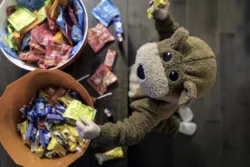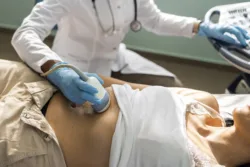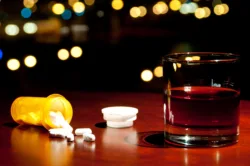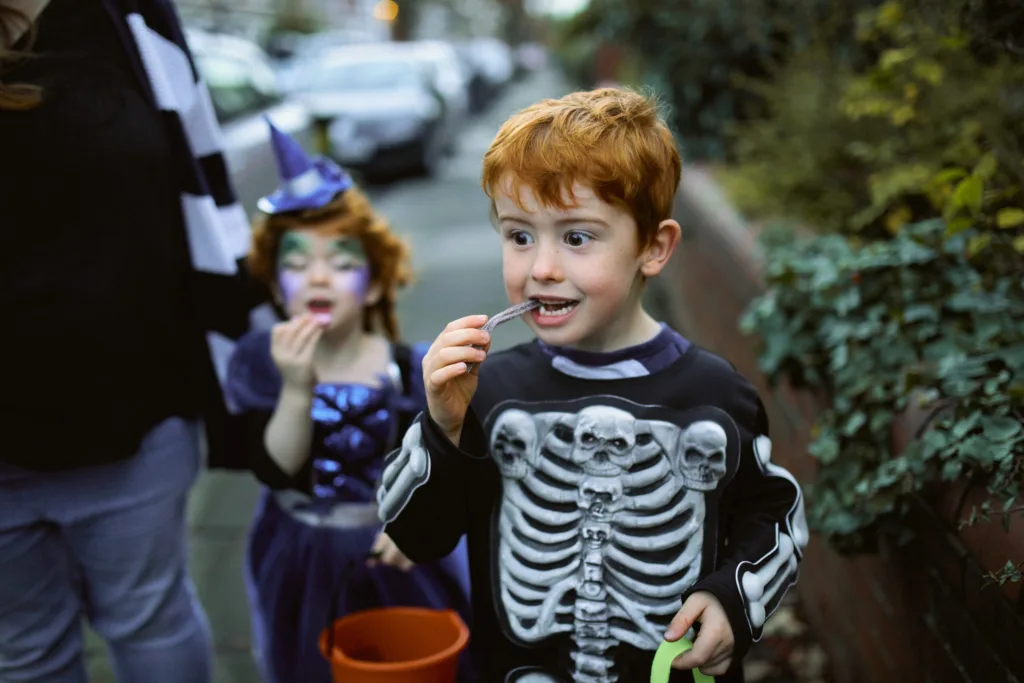Keeping Your Kids Safe From Drugs This Halloween

With Halloween decorations popping up in retail stores during the last months of summer, pumpkin-spiced everything showing up on shelves and early planning for elaborate costumes, there is no mistaking the popularity this holiday has in modern culture.
However, Halloween has always been a notoriously darker holiday, and while spooky fun is harmless, parents should always be on the watch to keep this darker side out of their homes.
Unfortunately, what is supposed to be an exciting opportunity to dress up and collect candy poses some risks – and while it is not as common as news sources may make it sound, drug-laced Halloween candy is not just a scary ghost story.
How common is drug-laced Halloween candy?
Drug-laced Halloween candy is uncommon – drugs are expensive and not many drug dealers seek to give out these substances for free. But just because it is uncommon does not mean it doesn’t happen.
Sadly, there are people who seek to harm children needlessly, so never say never when it comes to laced Halloween candy. A number of years ago, a report came out of a mother who found a bag of meth in her child’s Halloween bag; two years later, another story emerged from New Jersey, where, after a “Trunk or Treat” event, a mom noticed a bag of heroin amongst the sweets.
While these stories do not involve candy that was actually laced, they provide valuable lessons about the importance of checking the contents of your kids’ candy haul after a night of Trick or Treating.
How credible are laced candy rumors?
There are various reasons why the concept of laced candy circulates, but many stories about finding dangerous items/chemicals/drugs in Halloween candy are based on either rumors or news stories that receive traction and spread panic.
We are referring, in particular, to a drug bust at the Los Angeles airport in October 2022 where 12,000 presumed fentanyl pills were being smuggled in Skittles, Whoppers and Sweetarts boxes. This caused a rapid spread of the story that dangerous drugs are handed out as candy.
The published article says: “The idea that the pills, which look like pharmaceuticals, could end up in trick-or-treat bags because they were being smuggled in candy bags and boxes is ‘illogical,’ [said] Dr. Ryan Marino, a medical toxicologist and addiction medicine doctor at Case Western Reserve University School of Medicine in Cleveland…”
He continues, “‘These drugs … were hidden inside of something to try to avoid detection…The use of candy packaging does not signify that these are being passed off as candy, and certainly does not imply that the drugs someone is going to lengths to smuggle would then be given away for free rather than sold for profit.’”
So there’s nothing to worry about?
Not necessarily – while there is little possibility of your child opening a bag of M&M’s and instead discovering a stash of opioids, there are still some ways in which contaminated/contraband substances could end up in your kiddo’s basket.
In order to keep your kids safe, here are some things to look out for when they bring home their candy:
- Homemade treats from people you don’t know – Cookies from family and friends are fine, but accepting homemade items from strangers could pose risks; discarding these items keeps your kids’ safety in mind
- Opened and resealed packaging – Anything that is open, looks like it has been tampered with or has been resealed should be thrown out
- Anything that doesn’t look right – If something seems off, looks odd or just does not seem like something you want your child eating, don’t be afraid to trust your gut and throw it away
Additionally, you can make sure your kids don’t consume any of their candy while trick-or-treating until they get home. This gives you the chance to look over what they collected – a simple, but effective, method of keeping them safe.
Keeping your family safe
If you suspect drugs made their way into your child’s Halloween candy, or are suspicious that certain colorful “candies” are actually illicit substances, don’t be afraid to call local law enforcement to report the situation. Drug dealers go to various lengths to keep illicit substances disguised, and kids can easily mistake drugs for candy if they aren’t aware.
When discussing drugs with your kids, always keep the conversation age-appropriate and be sure to avoid language that might induce unnecessary fear. Simply let them know you need to check their candy when they get home because there are people out there who make poor choices.
With a little common sense and some proactive work, you and your kids can have a safe, fun and harm-free Halloween.
Family support
No matter what your family needs, Pyramid Healthcare is here to ensure that everyone in your home is taken care of, mentally and physically.
If, for any reason, you or someone in your home is seeking mental health support, reach out to Pyramid Healthcare by calling 888-694-9996 or contact us via our website today.
With Halloween decorations popping up in retail stores during the last months of summer, pumpkin-spiced everything showing up on shelves and early planning for elaborate costumes, there is no mistaking the popularity this holiday has in modern culture.
However, Halloween has always been a notoriously darker holiday, and while spooky fun is harmless, parents should always be on the watch to keep this darker side out of their homes.
Unfortunately, what is supposed to be an exciting opportunity to dress up and collect candy poses some risks – and while it is not as common as news sources may make it sound, drug-laced Halloween candy is not just a scary ghost story.
How common is drug-laced Halloween candy?
Drug-laced Halloween candy is uncommon – drugs are expensive and not many drug dealers seek to give out these substances for free. But just because it is uncommon does not mean it doesn’t happen.
Sadly, there are people who seek to harm children needlessly, so never say never when it comes to laced Halloween candy. A number of years ago, a report came out of a mother who found a bag of meth in her child’s Halloween bag; two years later, another story emerged from New Jersey, where, after a “Trunk or Treat” event, a mom noticed a bag of heroin amongst the sweets.
While these stories do not involve candy that was actually laced, they provide valuable lessons about the importance of checking the contents of your kids’ candy haul after a night of Trick or Treating.
How credible are laced candy rumors?
There are various reasons why the concept of laced candy circulates, but many stories about finding dangerous items/chemicals/drugs in Halloween candy are based on either rumors or news stories that receive traction and spread panic.
We are referring, in particular, to a drug bust at the Los Angeles airport in October 2022 where 12,000 presumed fentanyl pills were being smuggled in Skittles, Whoppers and Sweetarts boxes. This caused a rapid spread of the story that dangerous drugs are handed out as candy.
The published article says: “The idea that the pills, which look like pharmaceuticals, could end up in trick-or-treat bags because they were being smuggled in candy bags and boxes is ‘illogical,’ [said] Dr. Ryan Marino, a medical toxicologist and addiction medicine doctor at Case Western Reserve University School of Medicine in Cleveland…”
He continues, “‘These drugs … were hidden inside of something to try to avoid detection…The use of candy packaging does not signify that these are being passed off as candy, and certainly does not imply that the drugs someone is going to lengths to smuggle would then be given away for free rather than sold for profit.’”
So there’s nothing to worry about?
Not necessarily – while there is little possibility of your child opening a bag of M&M’s and instead discovering a stash of opioids, there are still some ways in which contaminated/contraband substances could end up in your kiddo’s basket.
In order to keep your kids safe, here are some things to look out for when they bring home their candy:
- Homemade treats from people you don’t know – Cookies from family and friends are fine, but accepting homemade items from strangers could pose risks; discarding these items keeps your kids’ safety in mind
- Opened and resealed packaging – Anything that is open, looks like it has been tampered with or has been resealed should be thrown out
- Anything that doesn’t look right – If something seems off, looks odd or just does not seem like something you want your child eating, don’t be afraid to trust your gut and throw it away
Additionally, you can make sure your kids don’t consume any of their candy while trick-or-treating until they get home. This gives you the chance to look over what they collected – a simple, but effective, method of keeping them safe.
Keeping your family safe
If you suspect drugs made their way into your child’s Halloween candy, or are suspicious that certain colorful “candies” are actually illicit substances, don’t be afraid to call local law enforcement to report the situation. Drug dealers go to various lengths to keep illicit substances disguised, and kids can easily mistake drugs for candy if they aren’t aware.
When discussing drugs with your kids, always keep the conversation age-appropriate and be sure to avoid language that might induce unnecessary fear. Simply let them know you need to check their candy when they get home because there are people out there who make poor choices.
With a little common sense and some proactive work, you and your kids can have a safe, fun and harm-free Halloween.
Family support
No matter what your family needs, Pyramid Healthcare is here to ensure that everyone in your home is taken care of, mentally and physically.
If, for any reason, you or someone in your home is seeking mental health support, reach out to Pyramid Healthcare by calling 888-694-9996 or contact us via our website today.







